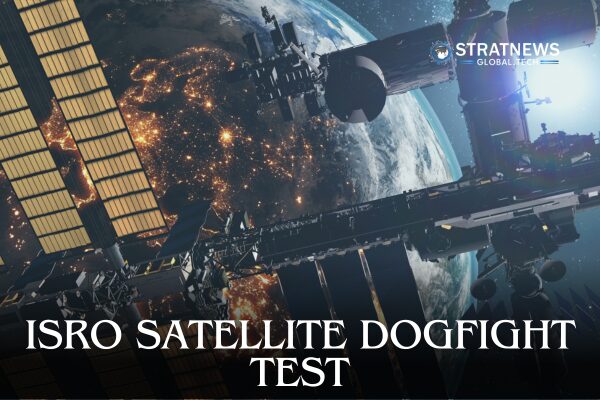ISRO Demonstrates Satellite ‘Dogfight’ Using Leftover Fuel from SPADEX Mission
India has taken a bold step in space manoeuvre technology by conducting a satellite operation that resembled a ‘dogfight’ using leftover fuel. This complex in-orbit test by the Indian Space Research Organisation (ISRO) was carried out using two satellites from its SPADEX mission, SDX 01 and SDX 02.
ISRO Reuses Fuel for Complex Manoeuvre
The SPADEX mission was originally designed to test autonomous docking and rendezvous in space. After achieving those goals, ISRO discovered that nearly 50% of the satellites’ fuel remained, thanks to precise launch execution and fuel-efficient operations. Seizing this opportunity, ISRO engineers initiated a new test involving close coordination between the two satellites.
This high-speed satellite-to-satellite manoeuvre resembled aerial dogfighting — a term typically reserved for close-range combat between fighter aircraft. Although this simulation was not part of the original mission plan, it was made possible through smart resource use and marked a significant technical achievement.
The two satellites moved at approximately 28,800 kilometres per hour, nearly 28 times faster than a standard commercial aircraft, highlighting the precision required for such manoeuvres.
Global Context: Echoes of US Concerns on China’s Capabilities
India’s successful test comes just a month after the US Space Force warned about similar space activity by China. In March, Vice-Chief of Space Operations Michael A. Guetlein expressed concern over Chinese satellites engaging in mock dogfights — practising combat-like interactions between satellites.
Guetlein described these tests as “on-orbit space operations” designed to prepare satellites for potential hostile engagements. India’s demonstration now puts it in the growing list of nations capable of complex satellite manoeuvres, highlighting its advancement in space technology amid rising global interest in space security.
with inputs from Reuters


